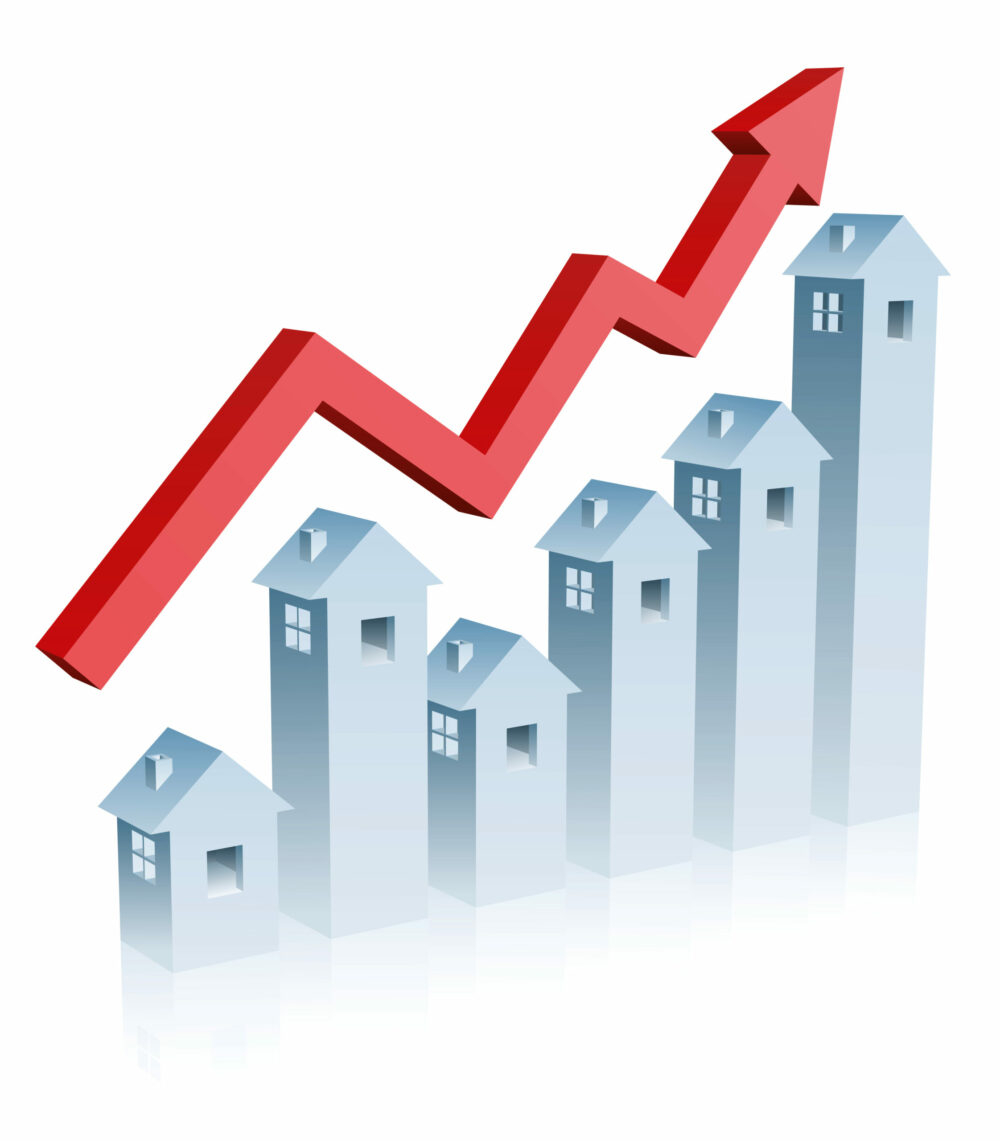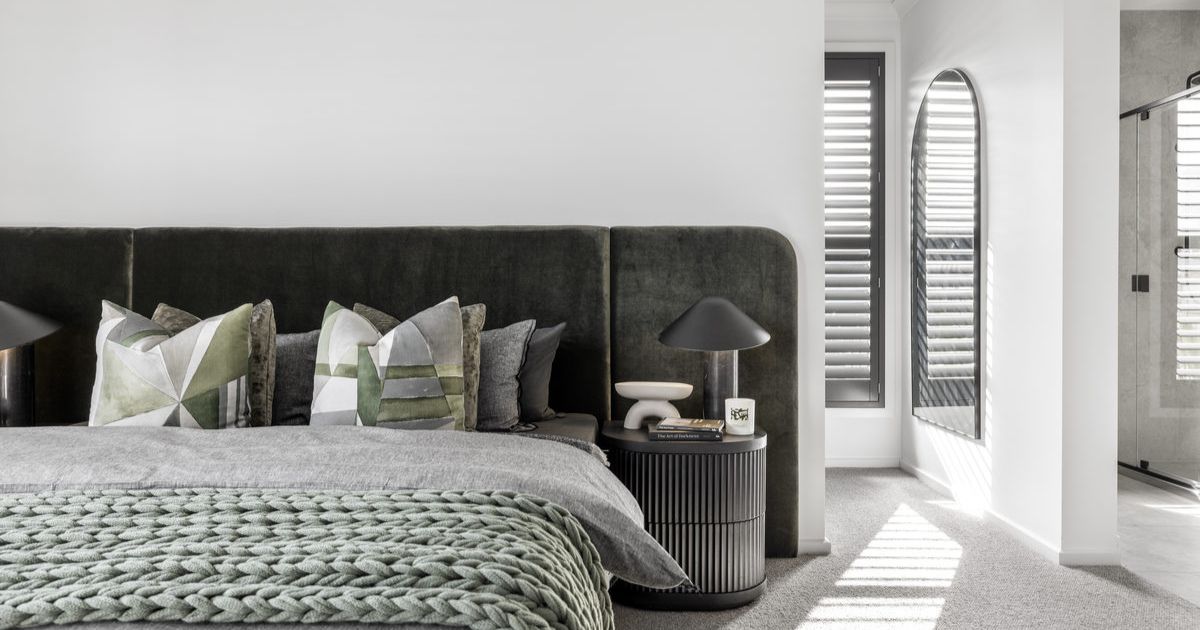Turnover hits 12-year peak

Over the past five years, Victoria’s dwelling count has increased by 280,900, the largest increase of any state or territory.
CoreLogic is estimating that house and unit sales across Australia are the highest they have been in over a decade.
For the year ending August there were almost 598,000 house and unit sales across, the highest number of annual sales since 2004 and a 42 per cent lift on the annual number of sales over the previous 12-month period.
Nationally, the number of dwellings sold over the past year was 31 per cent above the decade average and 24 per cent higher than the 20-year average.
CoreLogic’s head of research Asia Pacific, Tim Lawless, said that across the states, annual home sales are substantially higher than a year ago, with every state and territory, apart from Tasmania, recording a lift of more than 10 per cent in year-on-year home sales.
“The smaller increase in sales across Tasmania, where advertised supply was tracking approximately 35 per cent below average at the end of August, is probably more attributable to a lack of supply than a shortage of demand,” Mr Lawless said.
“The largest year-on-year increase in annual home sales can be seen in the previously weaker markets of Western Australia and Northern Territory where the market is playing catch up.
“Year-on-year home sales have risen by 62 per cent and 59 per cent respectively, while Queensland has recorded a 54 per cent lift in year-on-year sales.”
Such a significant surge in housing demand may seem surprising at a time when overseas migration has stalled, however the substantial rise in home sales can be explained by a lift in domestic demand from previously low levels.
Housing turnover, which is measured as annual home sales as a percentage of total dwellings, trended lower from late 2015 as credit conditions tightened, housing affordability became more challenging and transaction costs such as stamp duty became increasingly expensive as prices rose.
National turnover reached a record low in June 2019 when only 3.7 per cent of Australian homes transacted over the year.

Mr Lawless said that since then credit policies have loosened and mortgage rates have reduced to record lows, encouraging more Australians to participate in the housing market.
“Additionally, a higher rate of household savings since March 2020 has boosted consumer deposit levels and mortgage serviceability, while government incentives such as stamp duty concessions and deposit guarantees have also supported demand,” he said.
“By the end of August 2021, housing turnover had risen to 5.6 per cent, the highest rate since December 2009.”
Across the states, turnover was the highest in Queensland, where 6.8 per cent of properties transacted over the year to August, the Sunshine State’s strongest turnover level since the 12-months ending June 2008.
The higher rate of turnover is being supported by a surge in interstate migration along with relatively affordable housing prices compared to New South Wales and Victoria.
Victoria shows the second lowest rate of housing turnover over the past year, with 4.6 per cent of properties transacting over the past 12 months.
“The weaker turnover reading has been impacted by multiple lockdowns as well as worsening housing affordability,” Mr Lawless said.
“Also, a large number of newly built dwellings has added to the state’s overall housing supply.”
Over the past five years, Victoria’s dwelling count has increased by 280,900, the largest increase of any state or territory.


















